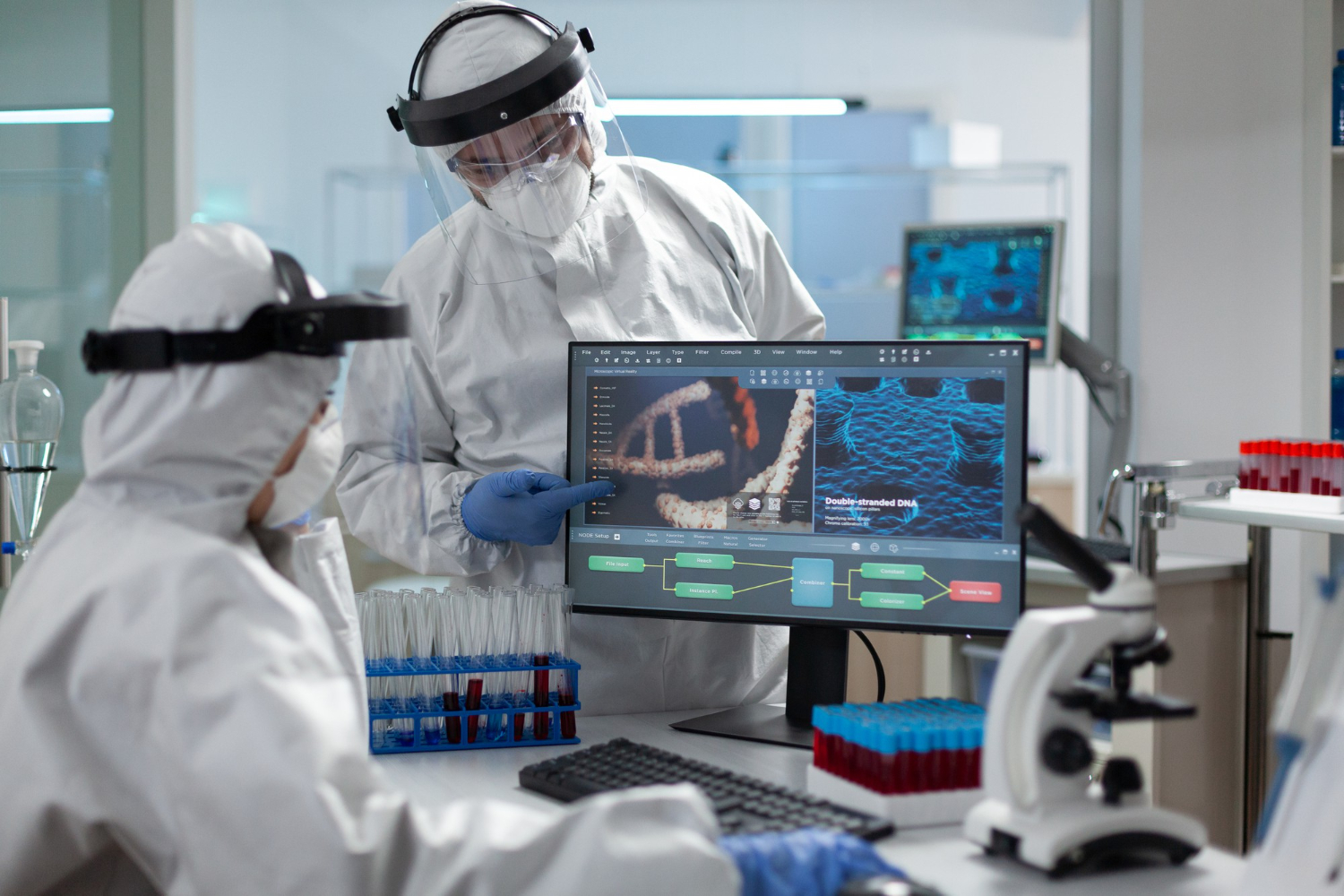Introduction
Video surveillance has become an essential part of modern security. From airports to office parks, cameras provide oversight and reassurance. Yet not all systems are equal.
Many organisations still rely on outdated workflows that fail to meet current demands. These workflows create serious costs that go beyond money. They weaken response times, reduce image quality, and increase operational risk.
The United States alone has millions of surveillance cameras in use. But a significant share of them still depend on systems designed years ago. As threats grow more complex, the limitations of these workflows stand out. Below are five real-world costs that highlight why upgrading matters.
1. Financial Strain from Maintenance and Inefficiency
One of the most obvious costs is financial. Outdated workflows usually mean outdated hardware. Older cameras and recorders break down more often.
Spare parts are hard to source. Repairs take longer and disrupt operations.
Even when they work, they are expensive to maintain. Old storage units consume more power. Analogue cameras cannot match the energy efficiency of newer models. Over time, these inefficiencies add up to significant expenses.
In contrast, modern systems with high-resolution cameras store images digitally and integrate with cloud services. They need less manual oversight, and automated updates reduce service calls. The longer an organisation delays upgrading, the more financial pressure builds from maintenance alone.
2. Lower Image Quality and Missed Incidents
Outdated workflows rely on cameras that cannot deliver clear images. Without high resolution, important details are lost. This makes it difficult to identify suspects, confirm incidents, or provide evidence in legal cases.
For example, a blurred face captured on an old camera cannot hold up in court. A low-quality recording of a vehicle accident may fail to reveal key details like number plates. These gaps in quality undermine the purpose of surveillance.
Newer systems provide clear digital recordings. They support facial recognition and detailed object tracking. This clarity can mean the difference between solving a case quickly and leaving questions unanswered. Poor image quality is not just a technical flaw—it has real-world consequences.
Read more: Computer Vision and the Future of Safety and Security
3. Slower Response and Higher Security Risks
Another cost is slower response. Outdated workflows often mean manual review of footage. Security staff must sit through hours of video to locate incidents. In emergencies, this delay puts people and property at risk.
Modern systems analyse feeds in real time. They flag unusual movements or behaviours automatically. This allows quicker decision-making and reduces the chance of escalation. Outdated workflows simply cannot match this speed.
Where many facilities handle sensitive materials, this difference matters. Whether it is a hospital, airport, or school, delays in identifying threats carry high risks. Old workflows extend those delays and increase the danger.
4. Compliance Failures and Legal Liability
Compliance is another area where outdated workflows cause costs. Many industries, including healthcare and finance, must follow strict regulations for surveillance. Poor image storage, weak data protection, or missing audit trails can result in fines.
Regulatory bodies demand clear video records for investigations. Without compliant systems, organisations risk legal challenges. Outdated workflows often lack encryption, secure backups, or proper retention controls. This creates liability that can lead to lawsuits or financial penalties.
Modern surveillance systems include features built for compliance. They log access, secure footage with encryption, and provide clear audit trails. Ignoring these requirements puts organisations in jeopardy, even if no incident occurs.
Read more: GDPR and AI in Surveillance: Compliance in a New Era
5. Missed Opportunities for Integration and Growth
The final cost is less obvious but just as serious. Outdated workflows do not integrate well with modern tools. They cannot connect easily with access control systems, smart sensors, or AI-driven analytics.
This lack of integration limits how an organisation can grow. For example, combining video with occupancy sensors can improve energy management. Linking cameras with advanced analytics can support predictive security. Without integration, these opportunities remain out of reach.
This also affects user experience. Team members spend more time juggling separate systems instead of relying on a centralised platform. As businesses expand, the gap between outdated and modern capabilities widens further.
The Hidden Human Cost
Beyond money, efficiency, and compliance, outdated workflows create stress for people. Security staff who spend hours reviewing poor-quality footage face fatigue. Investigators who lack clear evidence feel frustration. These pressures can lower morale and reduce effectiveness.
When incidents occur, affected individuals also bear the cost. Victims may feel their case was not handled properly because of unclear recordings. This undermines trust in the system and in the organisation itself.
Read more: Artificial Intelligence in Video Surveillance
Why High Resolution Matters
Among all the changes in surveillance technology, high resolution imaging has had the biggest impact. It transforms how security teams assess situations. From identifying faces in a crowd to monitoring restricted zones, detail is key.
Older systems without high resolution simply cannot provide the same confidence. They create uncertainty and force staff to second-guess decisions. With clearer images, security teams can act quickly and decisively.
Real-World Examples in the United States
Across the United States, several industries have felt the costs of outdated surveillance. Retail chains lose millions each year due to unclear footage that fails to confirm theft. Hospitals struggle with compliance fines when systems cannot store footage securely. Transportation hubs face delays when security staff spend hours reviewing tapes instead of responding in real time.
These examples highlight how universal the problem is. Whether public or private, large or small, organisations face the same risks if workflows remain outdated.
Building a Modern Surveillance Strategy
The solution lies in creating a modern strategy that addresses all five costs. Organisations must invest not only in high-resolution cameras but also in workflows that integrate analytics, automate alerts, and secure compliance.
Upgrading is not just about replacing equipment. It means rethinking how surveillance supports the broader goals of safety, compliance, and efficiency. A modern approach reduces costs, improves clarity, and unlocks new value.
How TechnoLynx Can Help
At TechnoLynx, we help organisations modernise their surveillance systems without disrupting daily operations. Our solutions combine advanced imaging, real-time analytics, and compliance-ready workflows. We work closely with clients to identify weaknesses, reduce risks, and improve efficiency.
Our team understands the challenges of outdated workflows. Whether the goal is to improve high-resolution imaging, strengthen compliance, or integrate with other systems, we deliver solutions tailored to each case.
With TechnoLynx, organisations can move beyond the limits of outdated surveillance. They gain systems that protect people, reduce costs, and build trust.
Contact us today to boost your next surveillance project!
Image credits: Freepik













